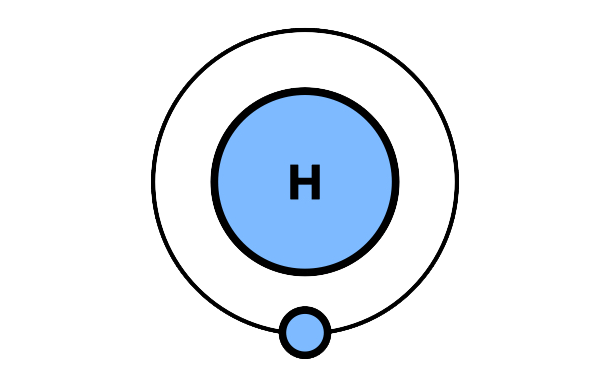In a groundbreaking move to address the burgeoning energy needs of AI, cloud computing, and the digital economy, Microsoft announced in September it will use zero emissions green hydrogen to power parts of its energy-hungry data center in Dublin.
The pilot, employing ESB’s hydrogen fuel cells, is being watched as a potential means of solving a rapidly growing challenge.
Data centers, often referred to as the backbone of the digital world, consume vast amounts of electricity, and are responsible for 1-1.5% of global electricity use. By the end of the decade, data centers could account for up to 9% of total U.S. electricity usage, according to the Electric Power Research Institute (EPRI).
This growth is fueled largely by the rise of generative AI technologies. Hyperscale data centers, which already use between 10-14kW per rack, may need up to 60kW per rack for AI-driven workloads, according to a report by Newmark.
Microsoft’s Dublin pilot project—where hydrogen fuel cells will power part of the company’s campus—is one of many emerging efforts to decarbonize the data center industry and address this rising energy demand.
The initial Microsoft project will see hydrogen fuel cells generating 250kW of electricity for an eight-week period. It is part of the tech giant’s ambitious environmental goals, set in 2020, to make Microsoft carbon negative, water positive, and zero waste by 2030. It could also be a major step for the data center industry and hydrogen fuel.
Hydrogen as an alternative fuel
Hydrogen fuel cells, though not yet mainstream, are increasingly being seen as a potential solution for reducing the carbon footprint of data centers. Hydrogen offers a unique set of advantages over other renewable energy sources: Solar and wind are weather-dependent, and geothermal energy is geographically restricted.
Unlike these intermittent energy forms, hydrogen can provide a continuous and reliable power supply. Moreover, hydrogen fuel cells emit only water as a by-product, making them an attractive option for reducing harmful emissions associated with traditional diesel generators.
Hydrogen still faces challenges, including the need to keep the production process sustainable, and improve storage, fuel cell efficiency and access to infrastructure, but technological advancements are steadily improving the process.
Data centers can lead the way
Data centers have the potential to lead the way in the adoption of green hydrogen. If companies like Microsoft can successfully scale their hydrogen fuel cell pilots, the technology could become a critical component in the future energy landscape of the data center industry.
Microsoft is not alone in exploring hydrogen’s potential for data centers. Other players in the tech industry, like Google, have also been experimenting with alternative energy sources as they grapple with the environmental impacts of their expanding operations.
These companies are not just adopting clean energy solutions for environmental reasons; they are also responding to the geopolitical and economic realities of the energy market. Sanctions on Russia, for example, have disrupted traditional energy supply chains, prompting many Western companies to seek energy independence through renewables and hydrogen. At the same time, the race between the U.S. and China to dominate AI and digital infrastructure has further heightened the need for secure, sustainable, and reliable energy sources.
Still, hydrogen remains a niche solution for now, with broader adoption years away. Industry experts suggest that while hydrogen-powered data centers are not likely to become mainstream in the near future, the technology will slowly gain traction as efficiency improves and costs decline.














